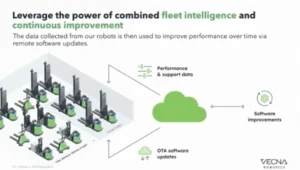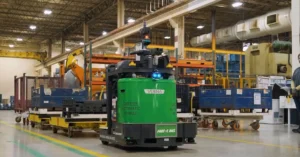Widely used in the oil and gas industries, AISI 4130 steel is quenched and tempered for strength and other specific properties. However, once the material has been welded, the properties of the heat-affected zone are adversely affected. To lessen the effects of welding on 4130, preheating is an essential requirement of the welding procedure.
ARC Specialities conducted a study using a single valve body to compare induction, resistance, and direct flame preheating methods to determine the most effective and efficient preheating technique for 4130 steel. Maintaining the industry minimum of 500˚F for one hour, as well as the temperature drop for one hour with no additional heat input, the test also recorded the amount of time required to setup and tear-down each heating method, the time to preheat to 500˚F, and the time difference between inside and outside reaching 500˚F.
The Results
- Preheat Time – Induction produced the best results with both the inside and outside of the valve reaching 500˚F in 0.6h, with resistance heating requiring the greatest amount of time to achieve through-thickness preheating.
- Setup and Tear-Down Time – The flame method required the least amount of setup and tear-down time, only taking 0.25h for each, with resistance requiring the longest time cumulatively.
- Energy Efficiency – Based on energy generated and consumed and total energy used, recording kilowatt-hours (kWh) for resistance and conduction and pounds of propane used for flame, the induction method was the most efficient, using 21.5 kWh and 73,000 BTU with the smallest temperature drop once heat was removed. Flame preheating was the least efficient.
- Safety – Based on the amount of handling and potential hazards, induction was found to be the safest method of the three, while propane was found to be slightly more dangerous than resistance.
- Cost – Based on the cost of labor ($65/h), electricity ($0.064/ kWh), propane ($0.652/lb) and personnel usage, induction heating was found to be the most efficient use of the operator’s time, using the least electricity and having a very fast uniform heating pattern, costing $150.34. Resistance heating was found to be the most expensive, costing $287.57.
Conclusions and Recommendations
Based on the study, the induction method was found to be the best in most categories. While the cost of induction heating equipment is greater than that for either the resistance or direct flame method, the efficiencies offered will offset the added investment and create a safer working environment, optimizing both productivity and quality.









